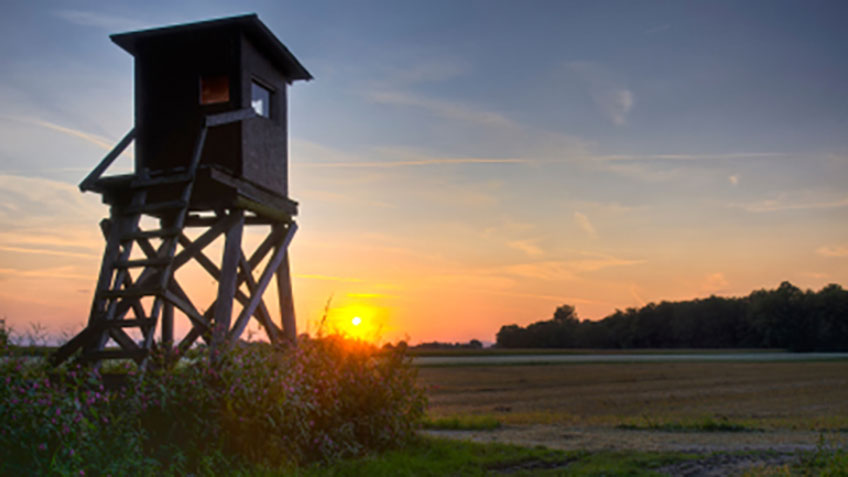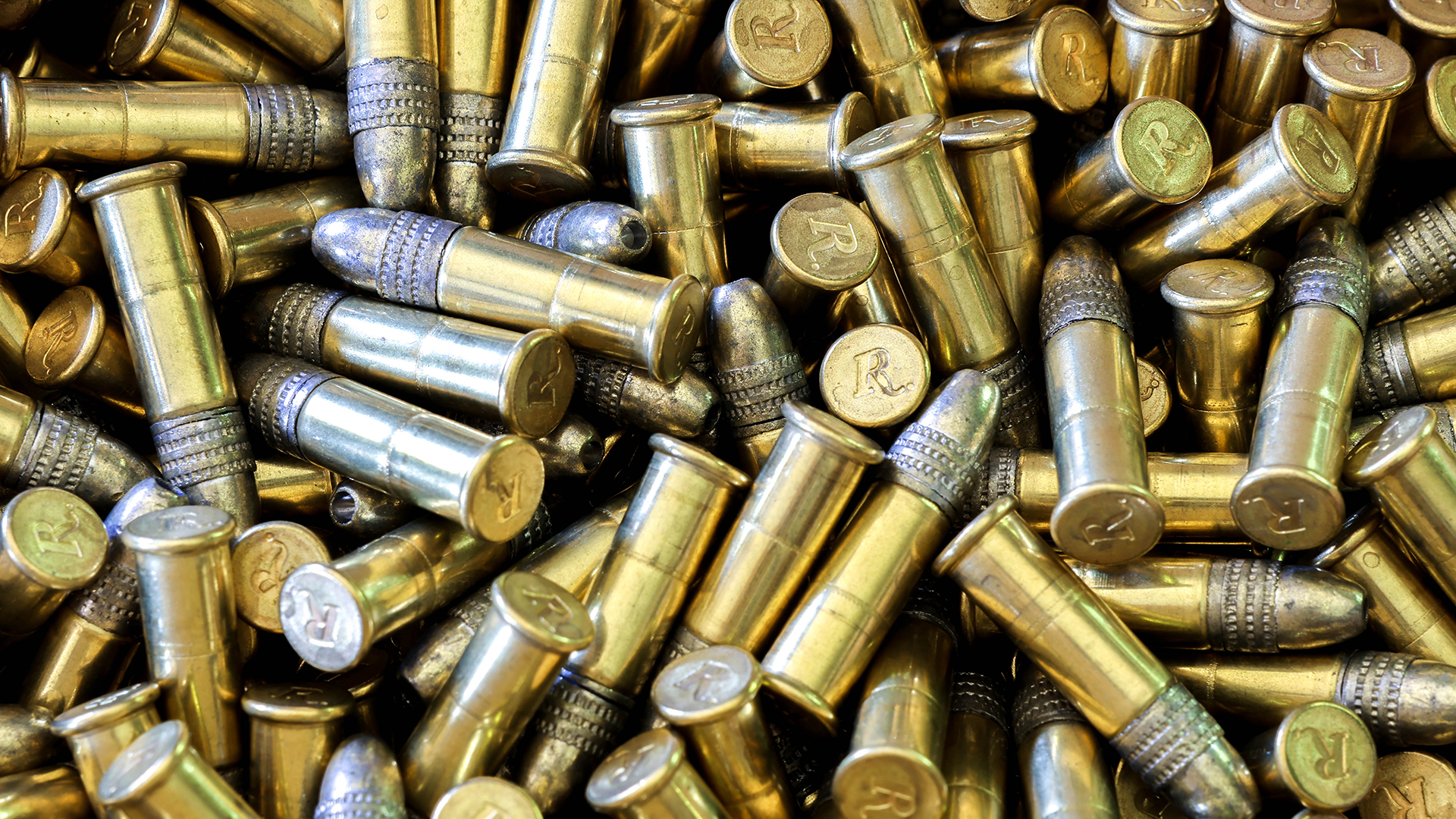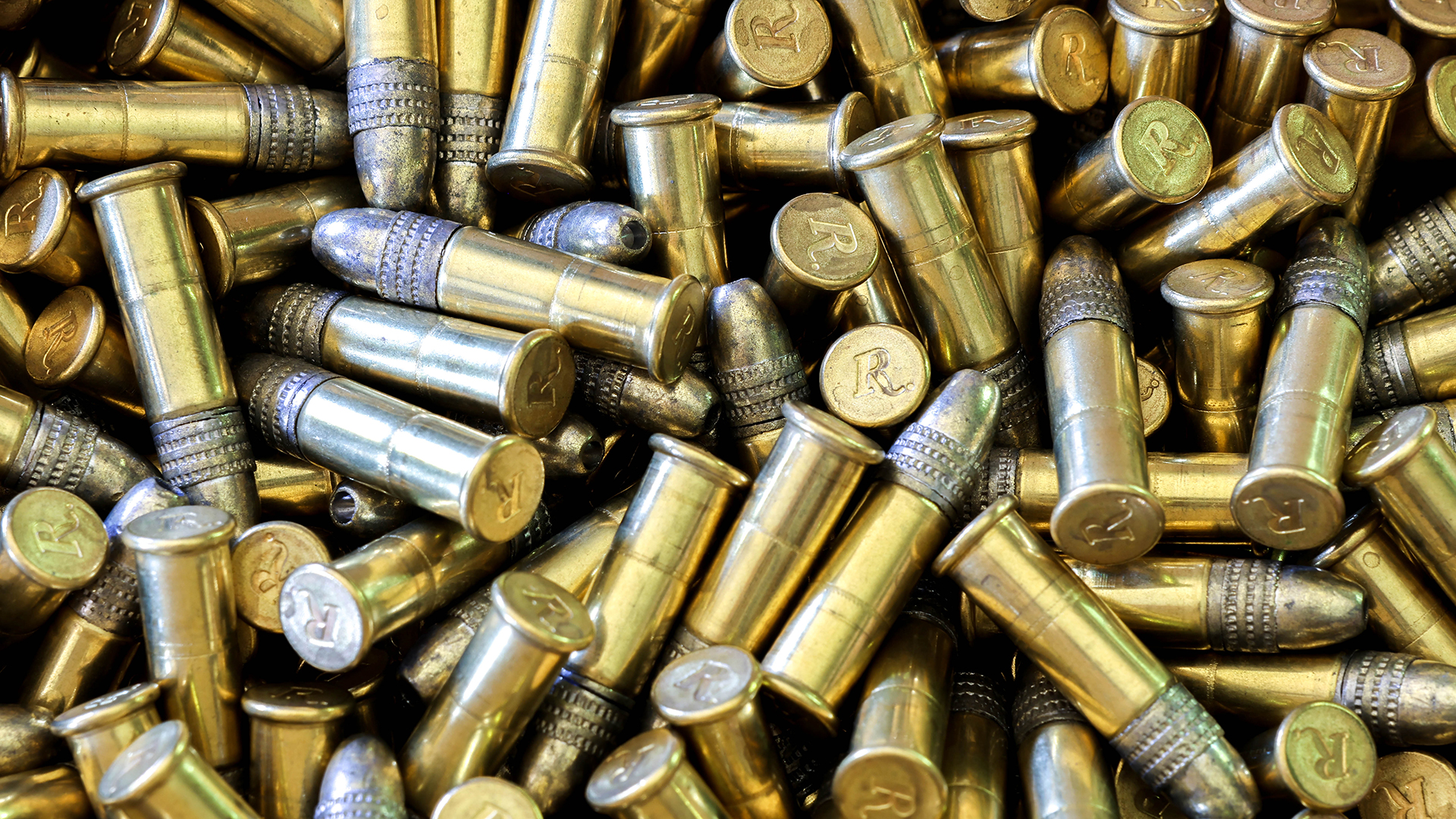
While the insanity of the rut is what most hunters envision when they think of a classic whitetail hunt, the early days of deer season can be much more than a mere warm up for the big show. In many ways, it may well be the best opportunity a hunter has to score on a huge, unpressured buck. In fact, with bow-only seasons getting ready to rock across most of the whitetail range right now and seasons actually open in a few spots, bucks are still feeling pretty relaxed. Even better, many are still hanging in bachelor groups making the chance to spot a band of gagger bucks frolicking within range of your stand a very real possibility.
So don’t go into the early season halfway. Prepare for it like the rut. Survey your hunting lands and identify these top terrain features that will provide you with the best stand locations to score early and score big.
1. Work the Fields
Corn is cut in a lot of places and still standing in others, providing both cover and food. Soybeans are lush and green, as are other plantings, which means deer are going to hit crop fields like there is no tomorrow. If you and your fellow hunters (if you share a lease or are in a hunt club) have scouted properly by taking care not to traipse all over the woods and putting a premature panic into the local herd, deer should still be relaxed enough to head to these fields to feed nearly every afternoon. These areas are best if the field is not right along a road where every gawking passerby grinds to a halt to eyeball the big boys when they are on display in the open.
Deer are probably bedded nearby, cutting down on long, unnecessary walks in the hot weather, so don’t venture too deep into the woods lest you want to blow everything out of the zip code. If your scouting reveals deer entering fields at roughly the same time and along the same trails every evening, use this information to hang stands just inside the edge downwind of the best trail one afternoon. Set up within 25 or 30 yards of the trail since you’ll likely be sporting a bow right now, and avoid moving too much so your motion doesn’t wind up skylined to deer entering from the shade of the forest. This could prove to be your best, most predictable setup to score this season.
If things don’t pan out, observe the field and note where else deer are entering and what they are doing once they get there. Deer tend to follow the same patterns until something, such as more hunters, changes the environment, so remember, even when you’re in the stand hunting, you’re scouting too.
2. Hunt Natural Browse
Depending on when the first day of hunting arrives in your area, some of the best, most nutritious browse available to deer may be right there in the woods, growing in the form of lush, natural vegetation. Deer will seek out the best growing, most nutritious greens, which usually means the ones getting better sunlight. For that reason, target rights of ways, first- and second-year clearcuts and particularly recent burns where the understory was scorched as part of a land management program. This freshly cooked soil regenerates nutrients in the soil, and when combined with a little precipitation and a good mix of sunlight, can yield a plethora of tasty shoots for deer to dine upon.
Whether hunting a burn, young clearcut or right of way, hang a stand in a spot that allows good sight lines of the open area, but that is also situated along a natural pinch point or funnel that will force deer to walk within range of your stand as they work the browse. I particularly like single power pole rights of ways because they are narrow, providing good cover on either side making deer feel secure as they move along or intersect them, often bringing them right underneath your stand.
3. Access Acorns
Not all acorns are created equal. While deer will hit them all, when white oaks are dropping acorns, nothing else matters—not crops, not your food plots, nothing! This is where the deer will be. But here’s the kicker, while some years yield bumper crops and others seem to be bleak, even when acorns are abundant, not all trees will produce and drop. Scout out the white oaks on your property and determine which ones are heavy with acorns that will begin falling as early as September. As more of these rich kernels of protein tumble earthward, you have got to set a stand within bow range. Find a small stand of oaks among an island of pines or other trees and you can have action all day long as deer feverishly work the leaves for this coveted food.
4. Find the Fruit
Apples and pears, whether as part of a fabled abandoned orchard or still actively grown and harvested, can be like crack to whitetails. They love them and will dine on the sweet-tasting fruit almost as quickly as it hits the ground—and if they can get to the lower limbs, even before it does. Abandoned or vacation homes with trees in the yard can be an awesome spot to hunt if you can land permission, as deer will stroll right out in early afternoons and feed unafraid of human intrusion. Hunting a single tree can yield substantial shot opportunities.
If hunting an entire orchard, find the tree or cluster of trees dropping the most fruit. This is where deer will focus to get to the fresh offerings. Hang a stand, if possible, or if a suitable stand tree isn’t available, brush in a ground blind among a tangle of cover with 20 or 25 yards or even climb into the low limbs of a fruit-bearing tree and perch there like the predator that you are.
5. Go for a Drink
The weather is still warm and, like any creature, whitetails get thirsty. A small pond or water hole at a field edge or, even better, hidden in the woods, can serve as a veritable magnet. A good early morning and afternoon stand location, these isolated water sources can be particularly productive in the early afternoon as deer will hit them as they stage to hit the fields for eating later. To determine the best setup spot, walk the edge of a waterhole, swamp or creek and check for areas where the ground has been chewed up from the hooves of drinking deer, then backtrack along worn-down deer trails, choosing the most traveled as indicated by the worn, muddy grooves in the soil. Hang a stand just off the edge of where the trail and water’s edge converge and get ready.




































